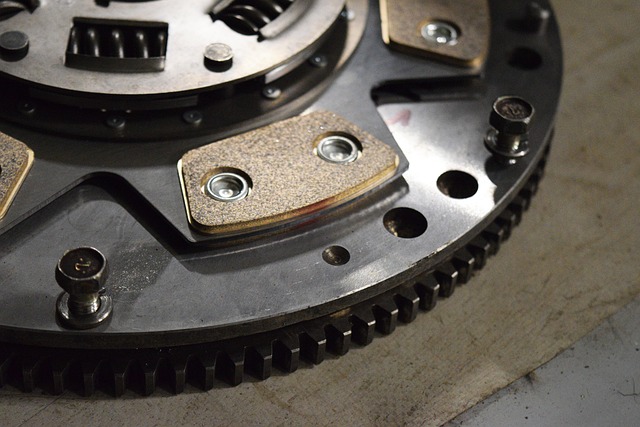The Ins and Outs of Transmission Repair: What Every Car Owner Should Know
Transmission repair is a critical aspect of vehicle maintenance that can significantly impact your car's performance and longevity. Whether you drive a manual or automatic vehicle, understanding the basics of transmission repair can save you time, money, and potential headaches down the road. This article will delve into the world of transmission repair, exploring common issues, signs of trouble, and what to expect when your car needs attention.

What are the signs of transmission problems?
Recognizing the early warning signs of transmission issues can prevent more severe damage and costly repairs. Some common indicators include:
-
Unusual noises: Grinding, whining, or clunking sounds, especially when shifting gears.
-
Difficulty shifting: Hesitation or resistance when changing gears in manual or automatic transmissions.
-
Slipping gears: The sensation that your car is changing gears for no apparent reason or a noticeable loss of power while driving.
-
Leaking fluid: Puddles of red or brown fluid beneath your parked car.
-
Check engine light: While this can indicate various issues, transmission problems often trigger this warning.
-
Burning smell: A distinct burning odor may suggest overheating transmission fluid.
If you notice any of these symptoms, it’s crucial to have your vehicle inspected by a qualified mechanic as soon as possible.
How often should transmissions be serviced?
Regular maintenance is key to preventing major transmission issues. While service intervals can vary depending on your vehicle make, model, and driving habits, a general rule of thumb is to have your transmission fluid checked and changed every 30,000 to 60,000 miles. However, some modern vehicles with sealed transmissions may have different requirements, so it’s essential to consult your owner’s manual or a trusted mechanic for specific recommendations.
What does transmission repair typically involve?
Transmission repair can range from minor adjustments to complete rebuilds or replacements. Common repair procedures include:
-
Fluid change and flush: Replacing old, contaminated transmission fluid with fresh fluid to improve performance and prevent wear.
-
Solenoid replacement: Addressing electrical components that control fluid flow within the transmission.
-
Clutch repair or replacement: For manual transmissions, addressing worn clutch components.
-
Transmission rebuild: Disassembling the transmission, replacing worn parts, and reassembling it.
-
Transmission replacement: Installing a new or remanufactured transmission when repair is not feasible or cost-effective.
The complexity and cost of these repairs can vary significantly, which is why it’s crucial to work with a reputable transmission specialist.
How much does transmission repair cost?
Transmission repair costs can vary widely depending on the extent of the damage, the type of vehicle, and your location. Here’s a general overview of potential costs:
| Repair Type | Estimated Cost Range |
|---|---|
| Fluid change and flush | $100 - $400 |
| Solenoid replacement | $200 - $600 |
| Clutch repair (manual transmission) | $500 - $2,500 |
| Transmission rebuild | $1,500 - $4,000 |
| Transmission replacement | $2,500 - $8,000+ |
Prices, rates, or cost estimates mentioned in this article are based on the latest available information but may change over time. Independent research is advised before making financial decisions.
Can transmission problems be prevented?
While some transmission issues are inevitable due to normal wear and tear, many problems can be prevented or mitigated through proper maintenance:
-
Regular fluid checks and changes: Keep your transmission fluid clean and at the proper level.
-
Avoid overheating: Don’t overload your vehicle or tow beyond its rated capacity.
-
Use the correct fluid: Always use the transmission fluid specified in your owner’s manual.
-
Practice good driving habits: Avoid aggressive driving, sudden stops, and shifting gears while the car is still moving.
-
Address issues promptly: Don’t ignore warning signs or unusual noises.
By following these preventive measures and staying attentive to your vehicle’s needs, you can extend the life of your transmission and avoid costly repairs.
Transmission repair is a complex but essential aspect of vehicle maintenance. By understanding the basics of how transmissions work, recognizing warning signs, and prioritizing regular maintenance, you can keep your car running smoothly and avoid unexpected breakdowns. Remember, when in doubt, always consult with a qualified transmission specialist to ensure your vehicle receives the care it needs.





